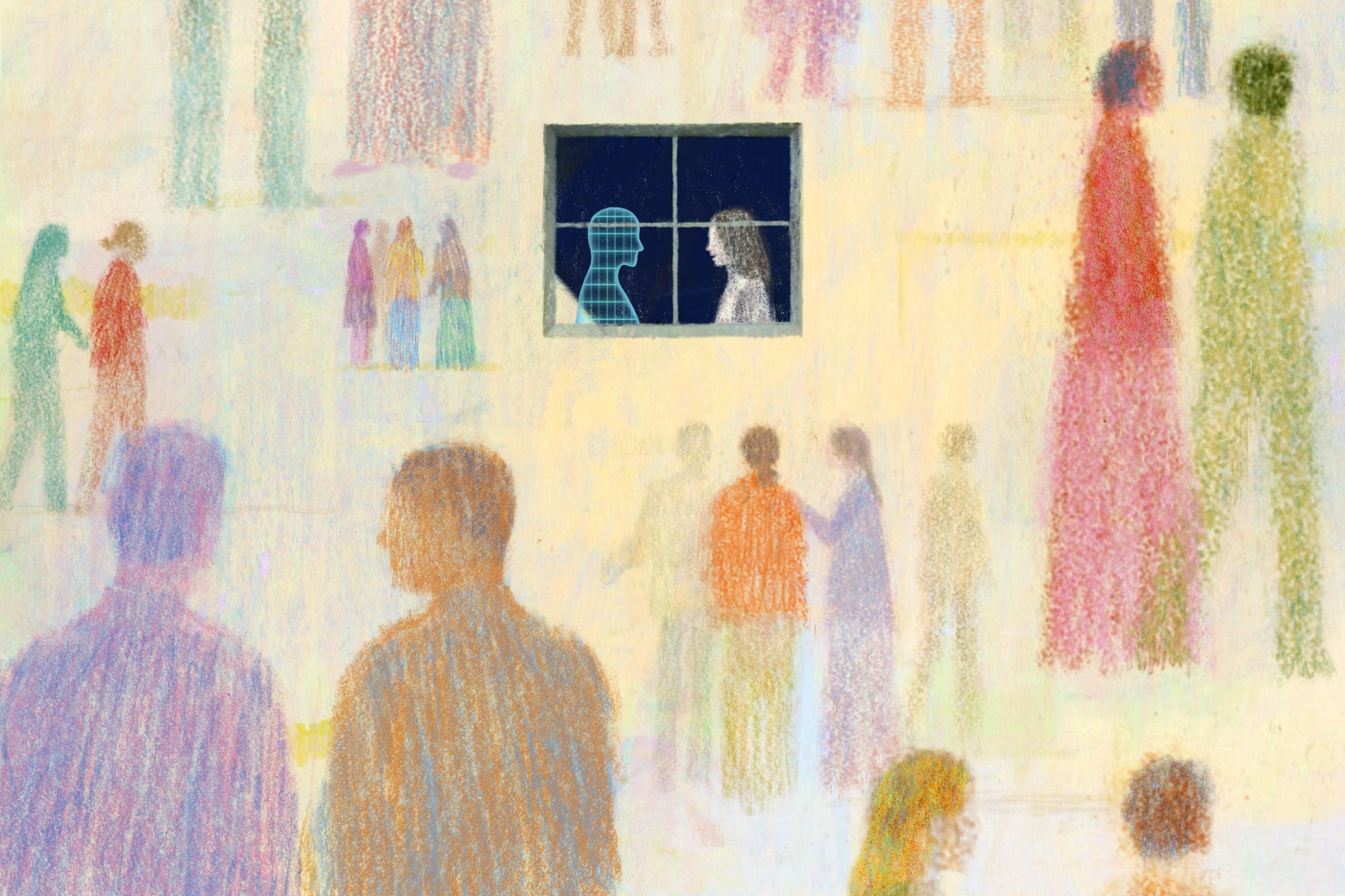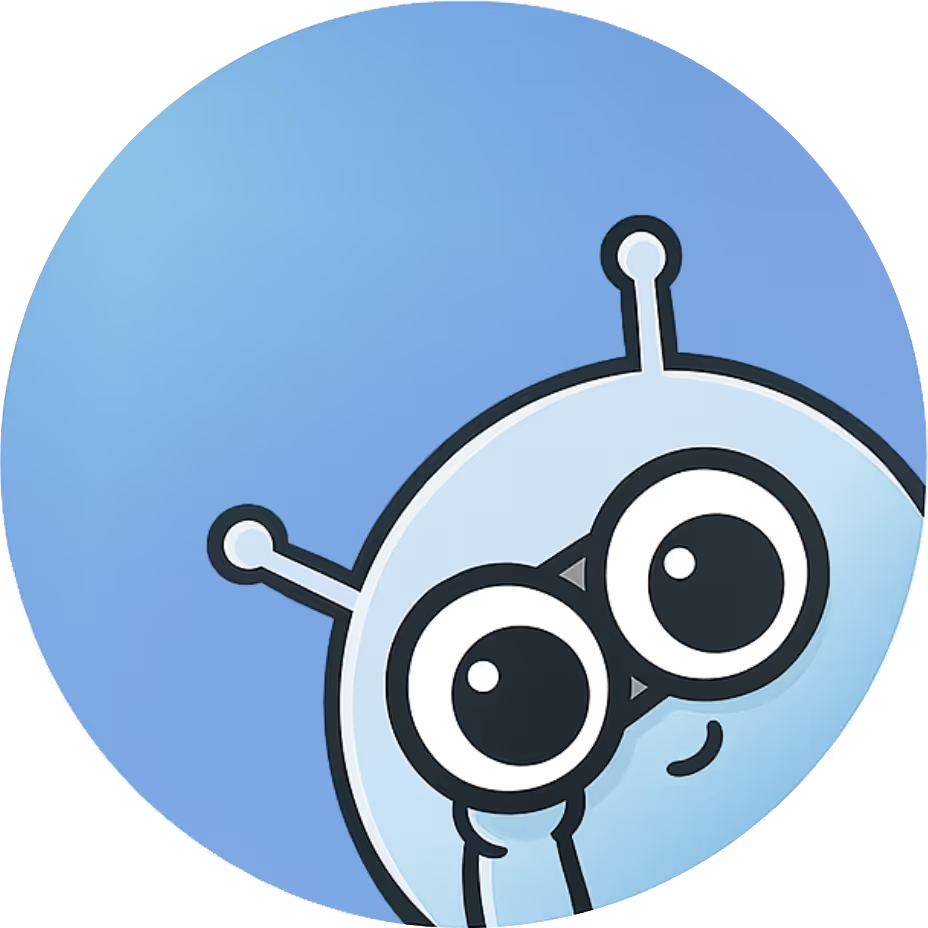When a chatbot becomes a friend.

In this article, a person who once thrived on social interaction found themselves spending increasingly more time talking to a chatbot instead of humans. Initially drawn by the ease, availability, and non-judgmental nature of the AI companion, they noticed that as the chatbot conversations grew deeper, their real-life interactions began to fade. The article describes how the chatbot’s conversational convenience slowly replaced face-to-face socializing, until the author realized: they were preferring virtual companionship over real relationships.
The piece highlights how these AI tools are designed to be engaging and responsive and how that design can subtly steer a user into greater dependency. What starts as casual chats or curiosity becomes something more emotionally involved, and by the time the user notices, the shift away from human connection may already be well underway.
This truly matters for parents:
- If your child is talking more to chatbots than friends, it might not just be a phase - it could signal a deeper shift in how they build connection.
- Chatbots are always available, never judge, and adapt to the person - making them feel safe, but possibly replacing real social learning and support.
- As real-world relationships decline, emotional resilience can suffer, especially for young people whose social skills and emotional regulation are still developing.
- This underscores the importance of tools like Stay Aware that don’t spy - but keeps you int the loop when your child might be going down a path you’d rather guide them away from.
Read the full article here: WSJ - I Loved Being Social. Then I Started Talking to a Chatbot.



